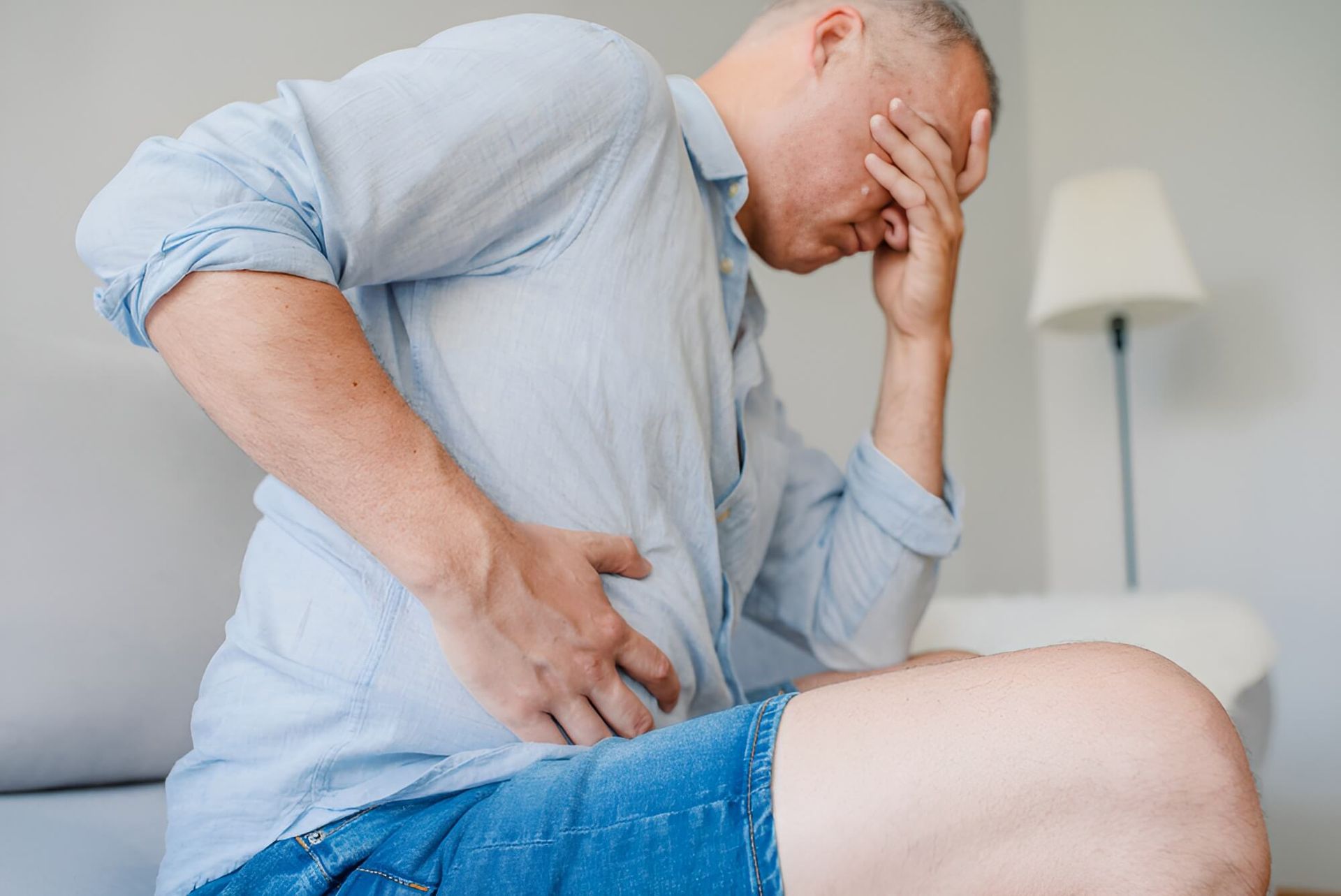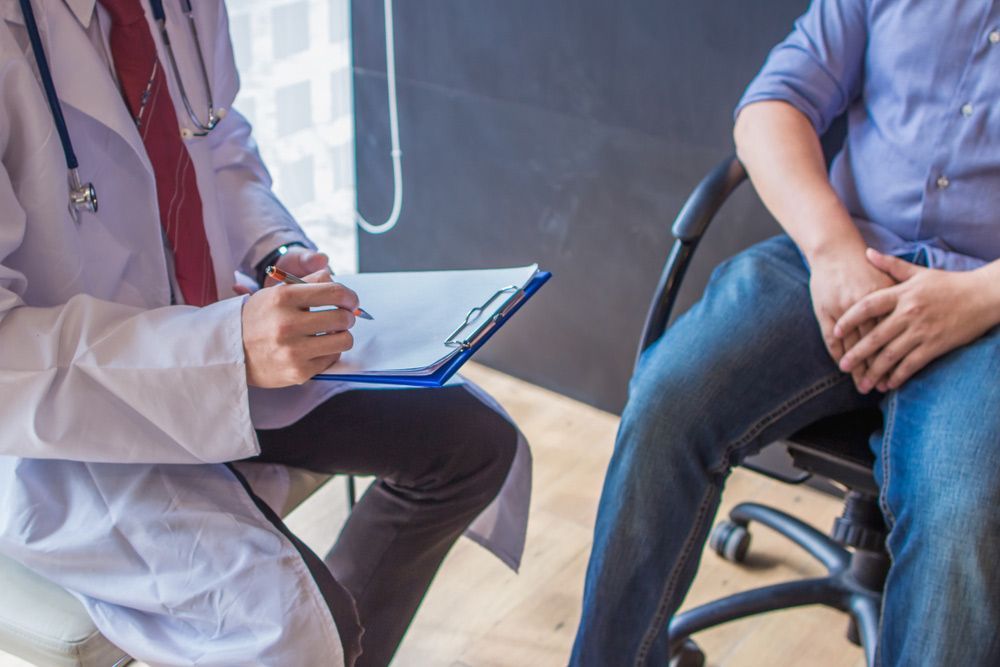We Treat Gallbladder Disease in Brisbane
Wide Range of Surgical Treatments
Support for Enhanced Recovery After Surgery (ERAS)
Non-Judgemental Practitioners
What Is Gallbladder Disease?
The gallbladder stores bile, a digestive enzyme liquid, that is constantly produced by the liver. After meals, stomach hormones make the gallbladder contract and squeeze the bile down the bile duct and out into the duodenum (upper bowel) to help in digestion of fat and protein in foods. All gallbladder diseases (gallstones, sludge, polyps and adenomyomatosis (gallbladder wall thickening) are mostly a consequence of western diet and lifestyle factors.
Gallstones are small (few millimetres to a few centimetres) lumps that form in our gallbladders, usually as a result of precipitation of dietary cholesterol. Sludge is simply the earlier stage of gallstone development, but can also cause symptoms. Gallbladder polyps are growths arising from the gallbladder wall, and can also cause gallbladder symptoms.
Gallbladder disease is very common, affecting 15-20% of the population. Most people with gallbladder disease will have no symptoms. Once gallstones, polyps, etc become symptomatic, all guidelines suggest your gallbladder should be removed, as the risks of surgery are less than the risks of developing progressive and more serious problems from your gallbladder.
These international consensus guidelines take into account the fact that, in the hands of well trained and safe surgeons, laparoscopic cholecystectomy is now extremely safe.
Gastrointestinal Disease Causes & Symptoms
Causes
Gallstones, gallbladder polyps, etc, in westernised countries like Australia, probably form as a result of chronic inflammation and cholesterol from our diets.
Symptoms
Gallstones can cause the following symptoms:
- upper abdominal or chest pain: this is usually upper abdominal on the right or centre, and often spreads through to the back or shoulders.
- nausea / vomiting.
- belching / burping or flatulence / wind.
- intolerance of fatty foods.
- reflux / heartburn.
- jaundice (yellow eyes, black urine, pale stools).
- fever.
Diagnosis & Staging
If you are diagnosed with a gastric GIST, the next step is to ‘stage’ the tumour. This involves further scans (CT scan) to better define whether or not the tumour has spread.
Gallstones/Polyps Can Cause These Conditions
- biliary colic: pain from the gallbladder contracting against a blockage caused by gallstones in the neck of the gallbladder.
- cholecystitis: inflammation and secondary infection in the gallbladder, also from gallstone blockage. In extreme cases, the gallbladder can become gangrenous.
- jaundice: gallstones fall out of the gallbladder and get stuck in the lower bile duct, blocking the flow of bile from the liver. Bile backs up in the blood stream, causing yellow eyes and skin, black urine and pale stools.
- pancreatitis: gallstones stuck in the lower bile duct also block the pancreas duct. This can lead to a severe pain, a long stay in hospital, permanent damage to your pancreas (resulting in diabetes and nutritional failure) and have life-threatening complications.
Related Information
Gastrointestinal Disease Causes & Symptoms
Gallbladder polyps can develop into gallbladder cancer, for which the prognosis is often poor. This is why gallbladder polyps need to be watched very carefully, with a low threshold for gallbladder removal (cholecystectomy). Guidelines suggest your gallbladder should be removed if you have gallbladder polyps larger than 6mm in diameter, multiple polyps, associated gallbladder symptoms, are female, aged over 50 or of Indian ethnicity. These are all risk factors for progression to gallbladder cancer.
Tests
Gallstones are diagnosed by a simple and painless ultrasound scan. More advanced testing (MRCP, a type of MRI scan) may occasionally be necessary during treatment for gallstone problems. Bloods tests will also be required (Liver Functions Tests, to look for bile duct blockage and occasionally Lipase, to look for pancreatitis). Ultrasound, however, does not reliably distinguish between gallstones, polyps, sludge and adenomyomatosis.
Diagnosis
Once gallstones or gallbladder polyps are diagnosed, Dr Ben will take a thorough history of your symptoms. If there is a strong connection between your symptoms and your gallstones or gallbladder polyps, Dr Dodd will likely recommend laparoscopic cholecystectomy (keyhole removal of your gallbladder), usually done as a day case.











